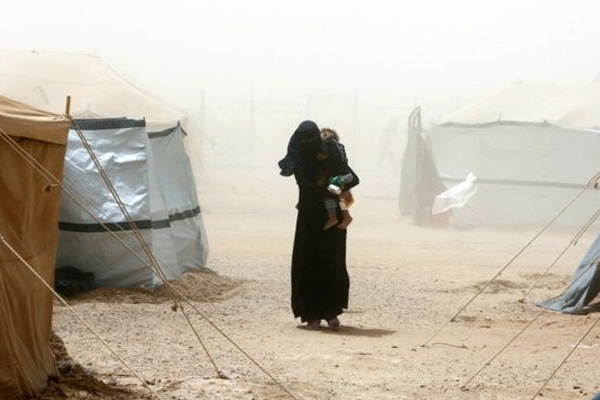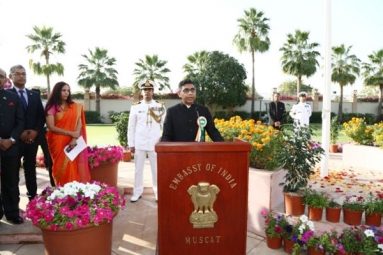
(Image source from: BBC.com)
A study has found that dust and soot transported from the deserts of the Middle East settle on the snow cover of the Himalaya mountain range, affecting the intensity of the summer monsoon in India.
The researchers from University of Maryland in the United States, using a powerful NASA (National Aeronautics and Space Administration)-developed atmospheric model found that the large quantities of dark aerosols - airborne particles for instance soot and dust that absorb sunlight - lay on top of the Tibetan Plateau's snowpack in spring before the monsoons begin.
These dark aerosols trigger the snow to absorb more sunlight and melt more rapidly.
The findings suggest that, among these dark aerosols, windblown dust from the Middle East has the most powerful snow-darkening effect. More than a century ago, British meteorologist Henry Blanford noted a relation between springtime Himalaya snow cover and the intensity Indian monsoons.
"Blanford knew that snow cover on the Tibetan Plateau wasn’t the only phenomenon that influenced the monsoon, but he knew it was important," said William Lau, a research scientist who led the study. "The relationship between snow cover and the monsoon is useful enough that the India Meteorological Department still uses it to develop its annual summer monsoon forecast," Lau said.
Researchers used the Goddard Earth Observing System Model to re-create 100 years' worth of springtime snow cover and its consequence on the annual summer monsoon cycle.
To test the consequence of dust blown in from the Middle East, the researchers ran the same simulations over again, with an added software package that comprises the snow-darkening effects of soot, dust, and else dark aerosols deposited on the top of the Tibetan Plateau.
Adding dark aerosol deposition to the model considerably augmented the amount of sunlight absorbed by the snow, increasing the rate of liquefying.
By Sowmya



















